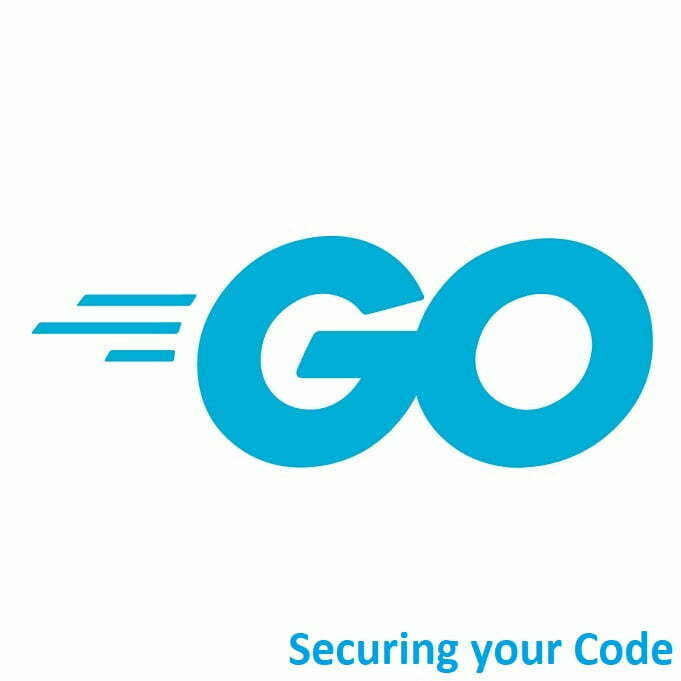
Best Practices for Robust Software Security!
Welcome to the world of Golang! Securing your code is essential to protect your applications from potential vulnerabilities and attacks. Here are some best practices and security measures you can follow to ensure the security of your Go applications:
Keep Dependencies Up to Date
- Regularly update your Go dependencies to patch known security vulnerabilities. Use tools like
go get -uor dependency management tools like Go Modules to manage your dependencies.
Enable Go Modules
- Use Go Modules to manage your project’s dependencies and ensure a consistent and secure versioning system.
Input Validation
- Always validate and sanitize user input to prevent injection attacks such as SQL injection, XSS, and command injection.
Use Prepared Statements
- When interacting with databases, use prepared statements and parameterized queries to prevent SQL injection attacks.
Secure Authentication
- Implement strong password hashing algorithms like bcrypt for storing user passwords.
- Use OAuth or JWT for secure authentication and authorization.
- Implement rate limiting and account lockout mechanisms to prevent brute-force attacks.
Authorization
- Implement proper access controls and authorization checks to ensure that users can only access resources they are authorized to access.
Avoid Hardcoding Secrets
- Never hardcode sensitive information like API keys, passwords, or tokens in your source code. Use environment variables or configuration files for such values.
Secure File Handling
- Be cautious when handling file uploads and downloads. Ensure that uploaded files cannot be executed as code or used to exploit vulnerabilities.
Cross-Site Scripting (XSS) Protection
- Use HTML/template package for rendering HTML to automatically escape user-generated content to prevent XSS attacks.
Cross-Site Request Forgery (CSRF) Protection
- Implement CSRF tokens to protect against CSRF attacks.
Use HTTPS
- Always use HTTPS for communication between your Go application and clients. Consider using Let’s Encrypt for free SSL/TLS certificates.
Security Headers
- Set appropriate security headers like Content Security Policy (CSP), HTTP Strict Transport Security (HSTS), and X-Content-Type-Options to enhance the security of your web application.
Avoid Deserialization Vulnerabilities
- Be cautious when deserializing untrusted data and consider using a safe deserialization library.
Error Handling
- Implement proper error handling to prevent exposing sensitive information in error messages.
Security Testing
- Regularly perform security testing, including code reviews, static analysis, and dynamic analysis (e.g., penetration testing) to identify and address vulnerabilities.
Container Security
- If you’re using containers (e.g., Docker), ensure they are properly configured and use minimal images to reduce attack surface.
Rate Limiting
- Implement rate limiting for API endpoints to protect against abuse and DoS attacks.
Monitoring and Logging
- Set up monitoring and logging to detect and respond to security incidents promptly.
Educate Your Team
- Ensure that your development team is aware of security best practices and encourages a security-conscious culture.
Follow Go’s Security Advisories
- Stay updated on security advisories related to Go and its libraries and apply patches and updates promptly.
Conclusion
Security is an ongoing process, and you should continuously monitor and improve your application’s security posture to adapt to evolving threats. Additionally, consider consulting with security experts or performing security audits for critical applications.
That’s All Folks!
You can find all of our Golang guides here: A Comprehensive Guide to Golang





